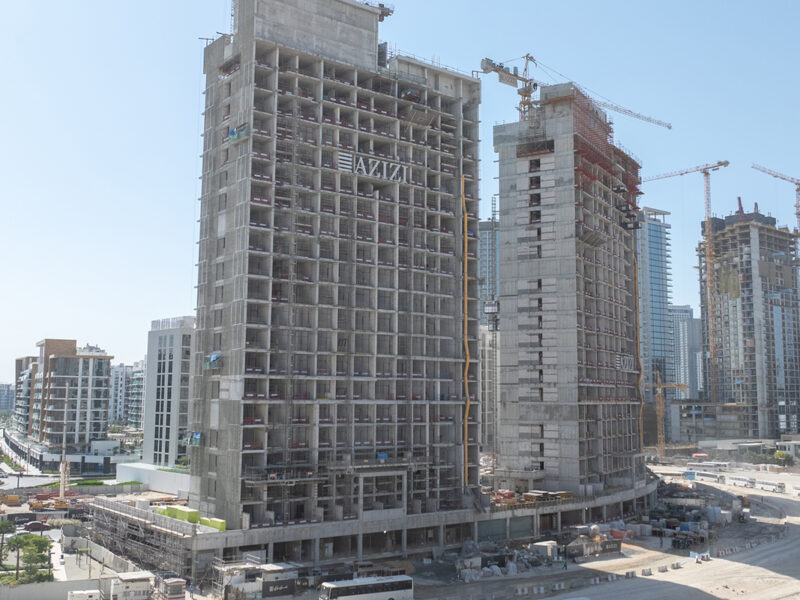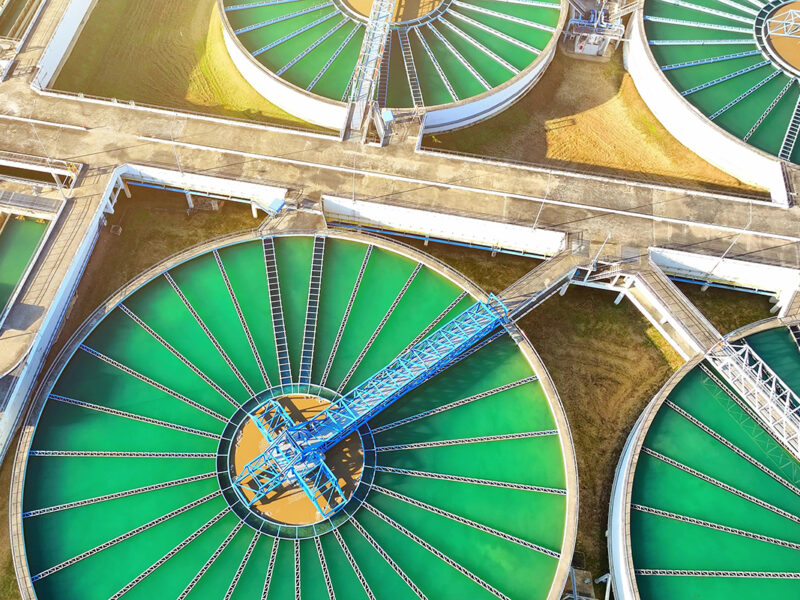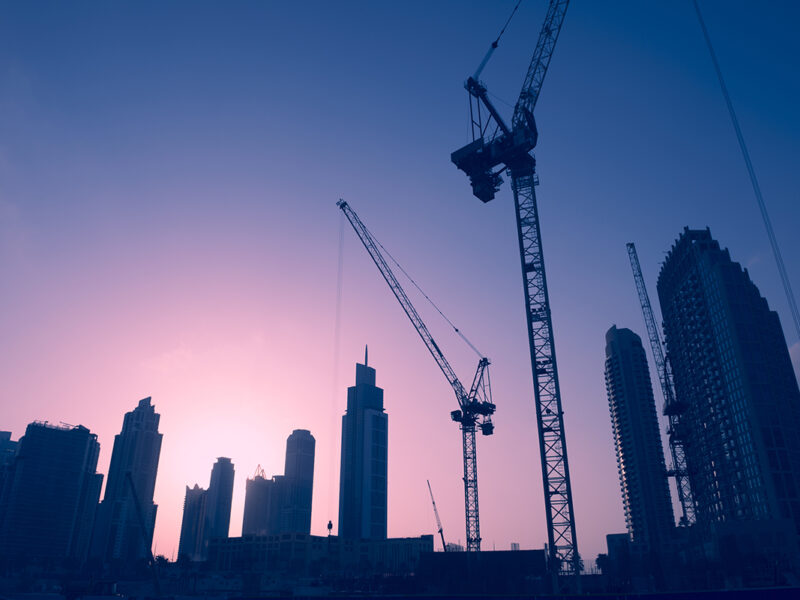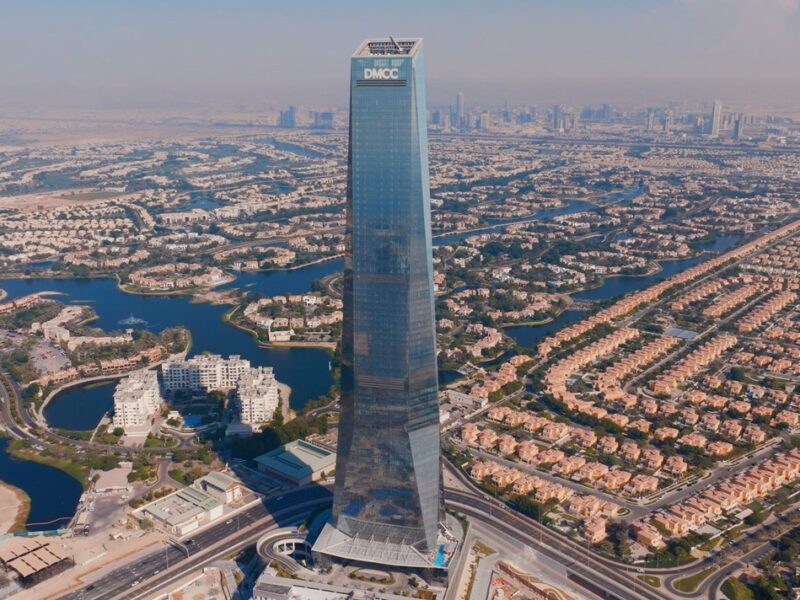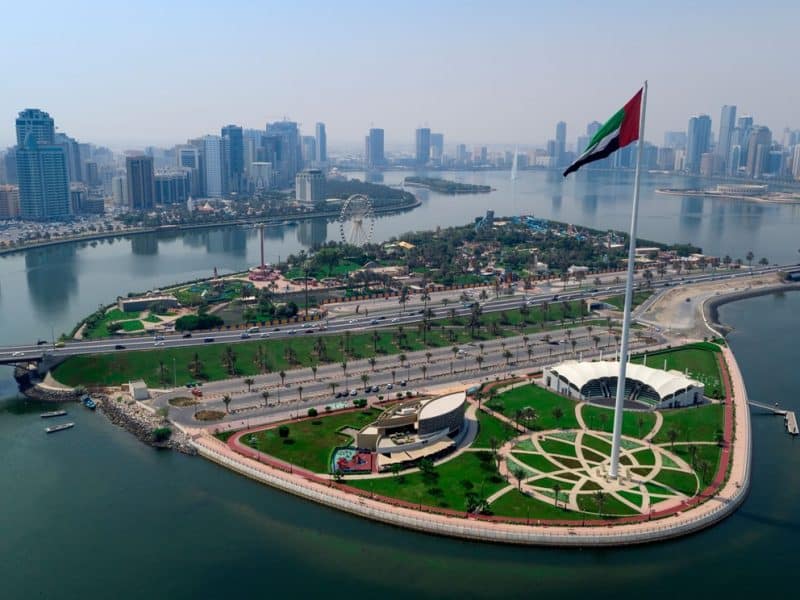Construction disputes in the Middle East region grew to their highest value since 2011, growing to $76.7 million last year.
Arcadis building consultancy, in its report ‘Global Construction Disputes: The Higher the Stakes, the Bigger the Risk’, said the value of disputes rose almost doubled the previous year’s total of $40.9 million in 2013 (increase of 88 percent).
The amount of time taken to resolve disputes in the region also increased, with the average creeping up by just over a month in 2014.
The reports said a failure to properly administer the contract remained the most common cause of dispute in the region, followed by poorly drafted or incomplete and unsubstantiated claims which demonstrates the need to get the basics right.
One striking statistic from disputes in the Middle East was that almost half of joint ventures ended up in dispute during the year, for the second year running the highest of any region covered in the report.
The three most common methods of Alternative Dispute Resolution that were used during 2014 in the Middle East were arbitration, party to party negotiation and mediation.
Allon Hill, head of contract solutions, EC Harris Middle East, said despite the large number of contracts in the region, including Qatar’s 2022 World Cup, the 2020 Dubai World Expo and Saudi Arabia’s $517bn dedicated to transportation, energy and education projects, the departure of some expatriate white collar labour has meant the pool of talent needed to deliver these programmes is limited.
“This, too, has exacerbated delivery constraints in some countries. The complex nature of the infrastructure investments, limits on human resources and the extensive use of joint ventures have raised the likelihood of disputes,” Hill said.
He said that with the Middle East construction market now “back in full swing”, contractors and employers are now seeing more liquidity in the market, which is leading to parties who previously chose to park their losses pursuing claims.
“In 2014 we saw a number of high value claims being initiated for projects that were undertaken in 2008-09 due to money now being available to pursue those claims. This would appear to be the main reason why the value of the claims has increased in the region.
“Also, due to their complexity, these claims have taken longer to resolve. We predict this trend to continue throughout 2015 as more parties have the required liquidity to pursue their claims,” he said.

